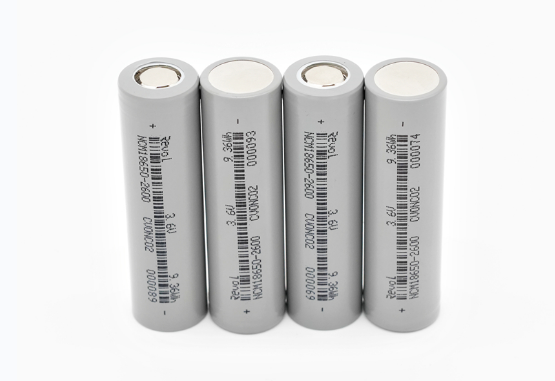LFP vs. NMC Batteries: Who's the Real Winner?
When discussing lithium-ion batteries, two major players stand out: Lithium Iron Phosphate (LFP) and Nickel Manganese Cobalt (NMC). Both have established strong footholds in various industries, but the question remains—which one offers the best performance for your needs?
What Are LFP and NMC Batteries?
LFP Batteries:
LFP batteries utilize lithium iron phosphate as the cathode material, delivering a steady voltage of approximately 3.2V. They are increasingly popular in household energy storage systems and solar installations, largely due to their high safety rating and long cycle life.
NMC Batteries:
NMC batteries feature a cathode blend of nickel, cobalt, and manganese, paired with a graphite anode. These batteries typically offer a higher voltage, around 3.7V, making them particularly well-suited for electric vehicles (EVs), with companies like Tesla and BYD favoring NMC for their energy density and performance in automotive applications.
Key Differences Between LFP and NMC Batteries
Here's a closer look at the main factors that distinguish LFP and NMC batteries:
1. Price
Cost is a primary consideration for many buyers. NMC batteries tend to be more expensive than Lithium Iron Phosphate Battery, largely due to the higher cost of raw materials like nickel, cobalt, and manganese, which are pricier than iron and phosphorus used in LFP batteries. However, the manufacturing process for LFP batteries is more intricate, so they aren't always a budget option. On average, NMC batteries can be around 20% more expensive than LFP for comparable capacities.
2. Energy Density
Energy density is where NMC batteries outperform LFP. NMC cells store more energy per unit weight, making them ideal for applications where size and weight are critical, such as electric vehicles (EVs). This results in better acceleration and range. In contrast, LFP batteries, though having lower energy density, are favored for energy storage systems, as they are designed for endurance and long cycle life rather than peak performance.
3. Temperature Tolerance
The temperature tolerance of these batteries differs significantly. NMC batteries perform reliably across a broad temperature range, functioning well in both hot and cold conditions. LFP batteries, while more heat-resistant, struggle in colder environments. Below 0°C, their performance can drop by 10-20%, and at -20°C, they may operate at only 60% capacity. This makes LFP batteries less suitable for regions with extreme cold, where consistent performance is crucial.
4. Safety
In terms of safety, LFP batteries are the clear winner. Their chemical and structural stability makes them highly resistant to overheating, even in extreme conditions like punctures or high impacts. At worst, LFP batteries might emit smoke. NMC batteries, while generally considered safe, carry a higher risk of fire or explosion, especially under high-temperature or stressful conditions, such as during overcharging or severe impacts.
5. Cycle Life
When it comes to durability, LFP batteries stand out. While NMC batteries typically last for around 800 charge cycles—sufficient for many high-power applications—LFP batteries can easily exceed 3,000 cycles, with some reaching up to 6,000 cycles under optimal conditions. This extended lifespan makes LFP batteries particularly attractive for long-term energy storage systems and applications requiring frequent cycling.
6. Service Life
LFP batteries also excel in overall service life. With proper maintenance, they can last over a decade, making them ideal for applications where longevity is key. In contrast, NMC batteries, often used in high-demand settings like electric vehicles, generally offer a shorter service life of about 2 to 3 years. For those who prioritize long-term reliability, LFP batteries are the better choice.
So, Who's the Winner?
The answer isn't black and white. Both LFP and NMC batteries have their strengths and weaknesses. LFP batteries trade off some performance for greater safety and longevity, while NMC batteries offer higher performance at the expense of some safety and lifespan.
The 'winner' really depends on your specific needs. If you're looking for high performance, especially in applications like EVs, NMC is likely your best bet. But if you prioritize longevity and safety—especially for DIY projects or energy storage—LFP batteries are the clear choice.
In the end, whether you go with LFP or NMC, it's all about matching the battery to your needs. For most everyday uses, especially in energy storage, LFP batteries are hard to beat for their combination of durability and safety.

Comments
Post a Comment